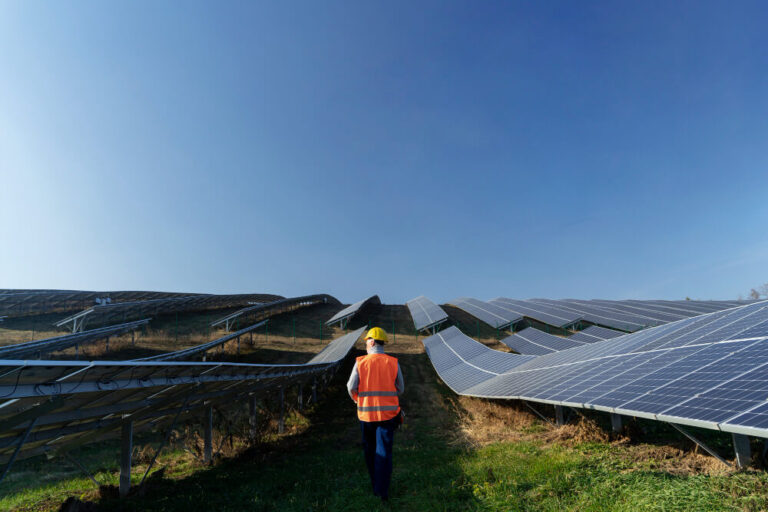Have you ever wondered how companies adapt to massive shifts, such as transitioning to clean energy? Duke Energy’s recent activities offer some insightful examples. They’ve implemented several rounds of layoffs and restructuring, revealing how companies try to stay competitive while pursuing greener initiatives. Let’s dive into what’s been happening and why.
About Duke Energy
Duke Energy is one of the largest energy holding companies in the United States, serving over 7 million customers. They operate in six states, focusing on electricity generation, distribution, and natural gas. As the company evolves, its goals have shifted toward sustainability, including ambitious clean energy targets. But what does this mean for Duke Energy’s employees?
Duke Energy Layoffs Details
In January 2024, Duke Energy acknowledged “limited” layoffs while making substantial changes to its structure. Although an exact number wasn’t specified then, it set the stage for further cuts. By early 2025, the focus sharpened as the company targeted hundreds of roles for reduction. These cuts span IT, nuclear engineering, and administrative divisions.
Reasons Behind Duke Energy Layoffs
The reasoning? Several key objectives guide these decisions. Duke Energy aims to cut costs by $350 million a year through streamlining. They hope to enhance efficiency by consolidating roles and outsourcing some functions overseas. Alongside this, their transition to clean energy demands significant financial reallocation, with plans to invest $145 billion over the next decade.
Employees Affected by the Layoffs
These reductions have affected a wide array of employees, notably within IT and nuclear engineering. With voluntary buyouts and involuntary layoffs, the impact varies across departments. Notably, 44% of non-executive roles in these areas have been cut since 2021. It reflects the complexity of balancing business needs with workforce realities.
Workforce Reduction Impact on Company Operations
Could these layoffs affect the company’s ability to function efficiently? Given nuclear operations’ critical role in providing electricity, some concerns are understandable. Duke Energy’s 11 nuclear reactors generate about half the electricity in the Carolinas. Though cost-cutting is a priority, it has led to questions about maintaining operational integrity, especially in these essential units.
Duke Energy Response to Layoffs
So, how has Duke Energy addressed these concerns? They emphasize their restructuring aims for efficiency and profitability in a changing energy market. By offering buyouts and shifting some roles internationally, they aim to manage labor costs while aligning with their green objectives. Duke remains committed to its clean energy transition while recognizing internal challenges.
Financial Health of Duke Energy
What’s behind these financial maneuvers? Duke Energy seeks to bolster its financial health amid this transition. They project cost savings from layoffs and restructuring. Their $145 billion investment plan includes expanding nuclear energy use and new sustainable technologies. These strategic moves align with regulatory changes and customer demands for greener energy solutions.
Conclusion
With Duke Energy’s comprehensive restructuring, they’re aiming for a leaner, more efficient operation while striving toward sustainability. This demonstrates a balancing act between financial goals and sustainable commitments.
Curious to see how businesses handle such intricate transitions in the clean energy sector? Learn from Duke Energy’s ambitious roadmap and ongoing adaptation strategies. For more insights into business strategies and tips, check this resource on wise business practices.


